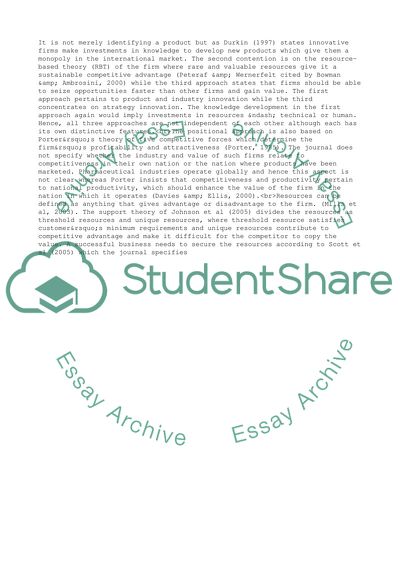Cite this document
(“Three Ways That Create Value for a Firm Essay Example | Topics and Well Written Essays - 1000 words”, n.d.)
Retrieved from https://studentshare.org/management/1539614-no-name
Retrieved from https://studentshare.org/management/1539614-no-name
(Three Ways That Create Value for a Firm Essay Example | Topics and Well Written Essays - 1000 Words)
https://studentshare.org/management/1539614-no-name.
https://studentshare.org/management/1539614-no-name.
“Three Ways That Create Value for a Firm Essay Example | Topics and Well Written Essays - 1000 Words”, n.d. https://studentshare.org/management/1539614-no-name.


